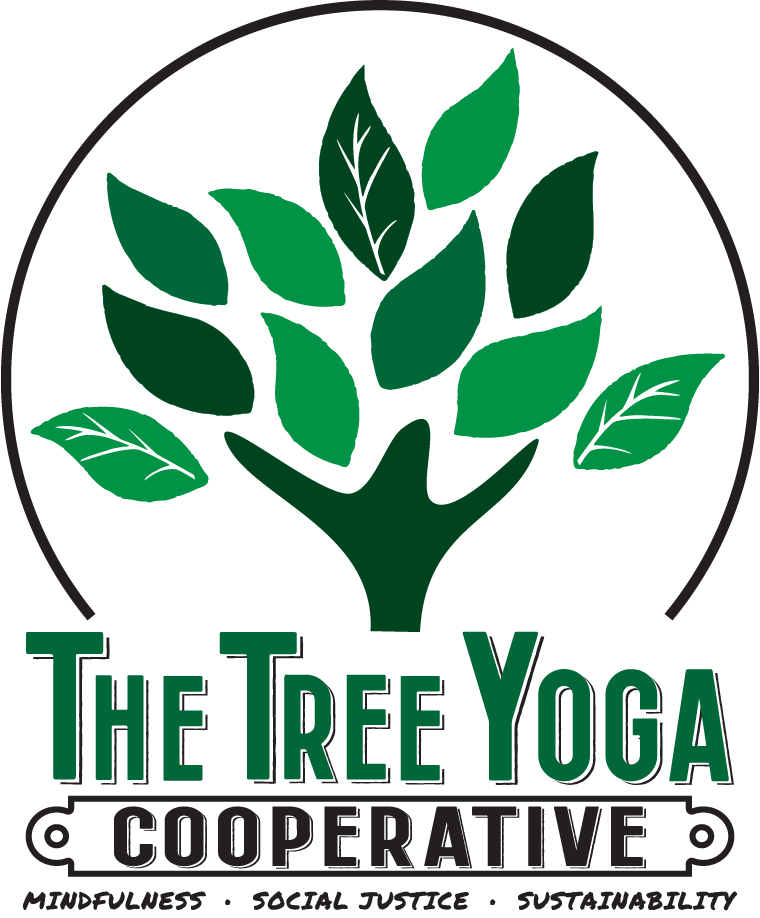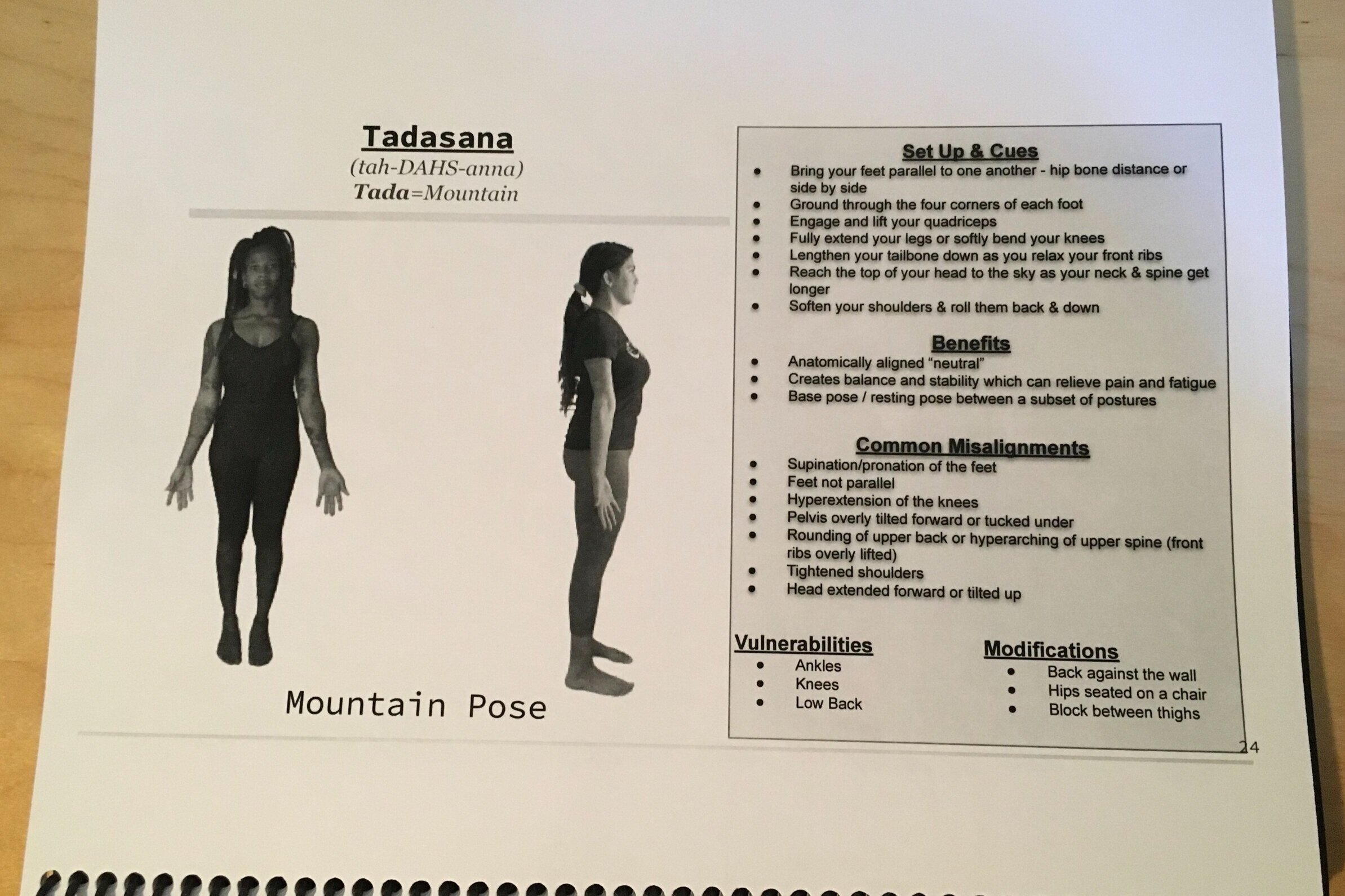The First Weekend
DOCUMENTING THE YTT EXPERIENCE
For the first time ever in The Yoga Tree Cooperative history we bring to you a behind-the-scenes look at just what exactly goes into a yoga teacher training (YTT). This firsthand account comes to you directly from the field in the form of a weekly blog series: Documenting the YTT Experience. Here, members of the community, prospective trainees, and yoga enthusiasts alike will be able to get a taste of the rigors and joys of the training experience, including (but not limited to): curriculum, readings, class structure, and themes from our discussions. Said documentation of the experience will be presented by me, your behind-the-scenes YTT guide and yogi in training – Liv.
The field of yoga – its philosophy, practices, and applications – is vast and may appear daunting to the casual observer who wants to know more. So in the spirit of the Tree’s mission of mindfulness, social justice, and sustainability let’s dive in and begin the journey.
WEEK ZERO
To properly prepare for the YTT experience, first us trainees were required to gather the proper materials:
The books, props, tools, and space the author will utilize for this virtual YTT.
and prepare our mind and bodies for the applied practices of yoga:
Each trainee received a “Ways to Prepare” document a few weeks before the start of the training.
Our schedule is as follows:
Lecture + Practice:
Saturday and Sunday 12:00pm - 6:30pm
Practice + Group Discussion:
Wednesday – 6:30pm - 9:00pm
Lather. Rinse. Repeat – for twelve more weeks!
Week One
SATURDAY:
Saturday, February 27th was our first training session. A few classmates pointed out that our start date coincided with February’s full moon – an auspicious beginning. Under the full moon we also had our very first “Opening Circle”. Our trainers Jana and J – 2/4ths of The Yoga Tree Cooperative’s owners – explained the Opening Circle as a space for each trainee to share openly about their practice and their feelings about the week. The circle is a universal symbol with a constellation of meanings, e.g. wholeness, unity, infinity, etc. In this context, the symbology of the circle is meant to invoke the idea of a communal, private space to freely share ourselves with each other. This is a ritual to be repeated each Saturday until our final session in which we would have our final “Closing Circle”.
Opening circle was followed by a rousing, 45 minute yoga practice in which our trainers evaluated our forms to see where each student was in their asana practice. After the welcome respite of lunch, the class reassembled to discuss the definition of yoga (a word that has many meanings) and to create our community values.
Our community values..
We closed by writing a letter to our future selves.
SUNDAY:
Sunday’s training sessions balanced the “Opening Circle” with time for self-practice (svadhyaya in the original Sanskrit). Though we did not have svadhyaya this Sunday, our trainers impressed the importance of maintaining a self-practice as a yoga teacher. In fact, self-practice is considered to be foundational to teaching yoga to others. For it is in self-practice we are able to figure out what works in our own practice as well as discover our authentic, teaching-selves.
This weekend, in lieu of time for svadhyaya, our trainers led the class in a series of lectures and discussions covering a wide breadth of topics:
The function and action (that means movement) of the major joints of the body
Notes on joint movement from the author.
Proper alignment of the platforms of the body
Introduction to yogic concepts and Sanskrit vocab such as finding balance between the sthira (firmness, strength, steadiness) of a pose and the sukha (ease, flexibility, comfort)
Breathing as a way to facilitate energy flow in and out the body
Yogic philosophy and its esoteric foundations that exist in ancient cultures around the world
And more!
The weekend sessions left me with much to digest and assimilate…
WEDNESDAY:
Wednesday evening we got right into our session with a yoga practice led by Jana. With clear and precise instruction, we were challenged to feel out the spinal alignment of Tadasana (mountain pose) in various other asana postures – e.g. downward dog, plank pose, table top.
“How does the spine naturally align when resting on one’s back, what portions of the spine are touching the ground?
How does this change if you lift one leg? Now both legs?”
This practice was an invitation to connect the same internal alignment to different postures – a direct and embodied application of what we learned about spinal alignment in our weekend sessions. It was an exercise in mindful movement and an opportunity for close observation.
During the philosophy portion of the evening that followed the practice, J brought up an observation from one of our trainees challenging a yogic principle that “liberation is in the mind.” This is a concept from The Yoga Sutras of Patanjali, a key text for students of yoga. The trainee reasoned that the oppression that black and brown people face in this world is real. To say that liberation exists solely in the mind is a form of spiritual bypassing (using spiritual belief to ignore real, material issues). Our trainers noted the importance of questioning the philosophy we learn, using our own lived experience and critical thinking skills to practice and discern.
From our YTT Handbook.
Translated literally, yoga means “to yoke” or “union”. The practice of yoga comes to us in many forms and styles with several aspects to its application – meditation, breath control, right posture, observances and restrictions. It can be utilized to bring union to the mind, body, and spirit. Our study of the subject as trainees is our own attempt to bring union to the distinct and variable aspects of yoga; to bring forth a unified yogi ready to share the practice with others.
Similarly, this blog offers an attempt to bring union to the distinct and variable aspects of our training sessions for the reader in order to create a better understanding of the scope of this practice. This is just the beginning!
…
LET’S HEAR FROM THE CLASS!
What were you most surprised/excited to learn during this week’s training sessions?
“I learned from our ‘Yoga Anatomy’ text that when we breathe we do not actually suck in air, something I previously thought.
In actuality, when we breathe our diaphragm pulls down, allowing our thoracic cavity – and thus our lungs – to expand. As we create space with that expansion the air is pushed into our lungs by the greater atmospheric pressure that exists outside our bodies. I like the way our book put it:
‘… you create the space, and the universe fills it.’
It sounds kind of corny and significant all at once.”
-Liv, YTT trainee and writer of this blog






